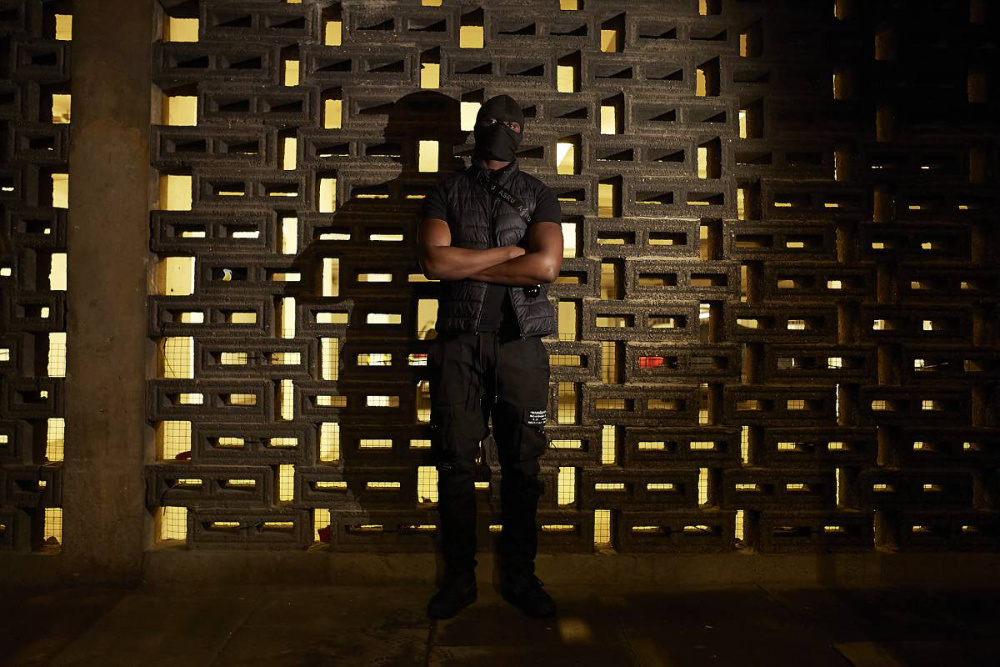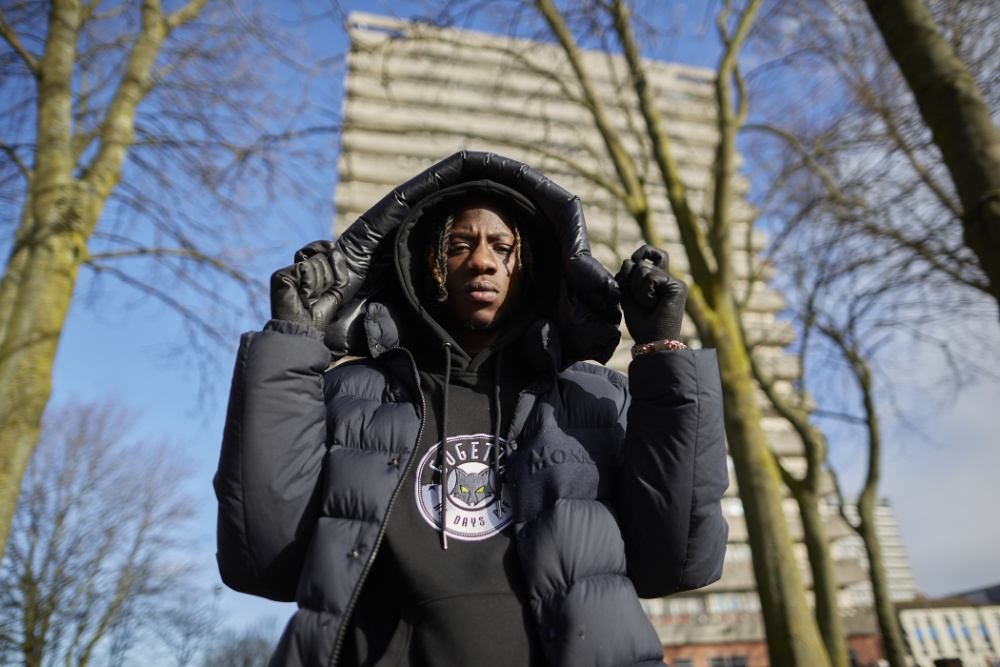In November 2022, writer Ian McQuaid and cinematographers Tim and Barry published Woosh, the first UK drill book. Initially conceptualised as an exhibition at the Laz Emporium in Soho, Woosh documents the UK drill scene’s evolution between 2016 and 2022. The book captures both the harsh realities and the less well-documented creative joy of a much-maligned scene. Emily Thomas chatted to Ian McQuaid about the book’s conception, its main themes and his favourite music books.
Tell us about your background…
I run a record label called Moves Recordings, and we’ve been around for about six years now. We were one of the first labels to actually sign drill artists and believe in them as musicians, rather than as the criminals they’re presented as by the media. I’ve also worked as a music and culture journalist, DJ and Promoter for longer than I can remember.
Why did the three of you decide to work on the book together?
Tim, Barry and I are old friends and work together on their record label. When they first spoke to Laz Emporium about the possibility of a book, they mentioned the idea to me. There was originally a suggestion that the book would be something on grime, but we felt that the grime scene had already been pretty well excavated.
We’ve always been interested in what’s exciting now and what will happen in the future. That just happened to be drill, and the releases the label was putting out really reflected that. We were also aware there was a great lack of anything treating drill primarily as a music scene, rather than as something to be demonised socially. It just made sense to do something very current.
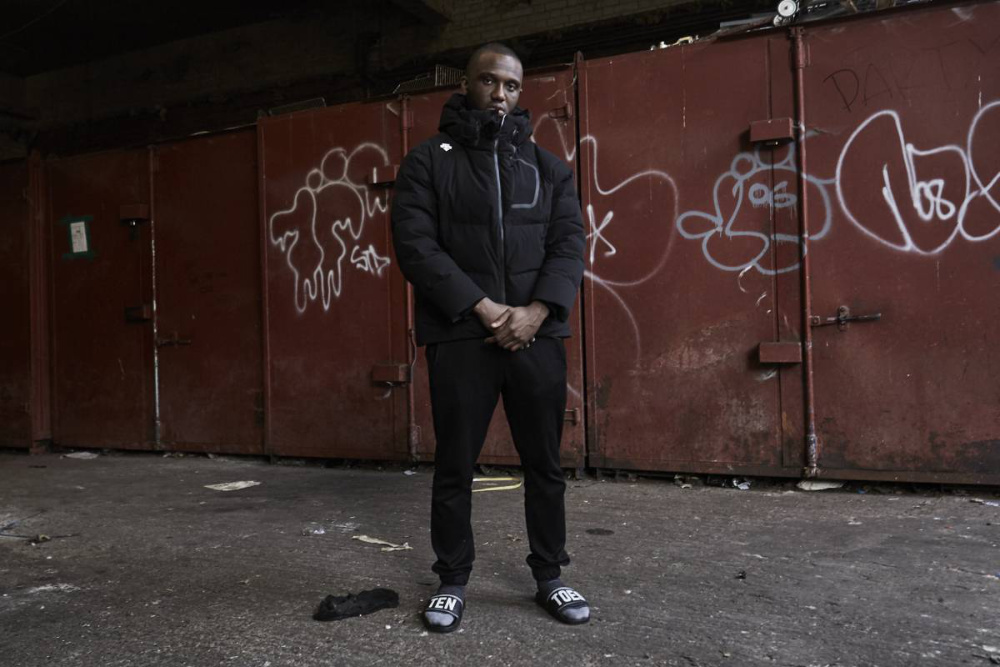
The book does a great job of challenging negative mainstream representations of the scene. Was this a key motivator for publishing the book?
For me, the key motivator behind Woosh was twofold. Publishing the book was important because it put down a contemporary marker of a scene that we felt was vital to the lives of so many people in the UK and worldwide. There’s a real power in creating a document as things are unfolding, and in not knowing what the final outcomes would be for anyone.
There’s a sense of rawness and immediacy. I wanted to get a snapshot so that ten or twenty years down the line, people will be able to look at Woosh as the first book in the world that focused on this scene as it happened. I’m sure there will be many more books like it in the future.
In terms of challenging negative mainstream representations, anyone who’s involved with the music and the artists already has such a fundamentally different take. The media portrayals have largely been created by people that have absolutely no stake, investment or relationship with any of the artists whatsoever. That representation is a fantasy used to demonise young, working-class men who have traditionally always been demonised.
I wouldn’t necessarily say challenging the representations was a strong motivating factor for writing Woosh; I’ll just say that anyone close to the scene would inevitably challenge that narrative because it’s bananas. It never stands up to any actual, real engagement with people because it’s based on caricatures of humanity. So, I guess a motivating factor was to give an honest, good faith representation of what’s going on, and in turn, that would inevitably challenge the negative stereotypes.
What would you say are the book’s main themes?
In terms of the writing, one of the main themes is the vast scope of creativity within the drill scene, which has still managed to flourish in the face of great adversity. There’s this huge dichotomy between the challenges and the successes. By any metric, this genre has been wildly, disproportionally successful on an international stage, both commercially and creatively. This is even though the UK drill practitioners who created the sound operate under extremely difficult circumstances that are largely fuelled by the state, which is mad.
I make the point in the book that if you imagine any British creative scene, whether it’s big beat, Britpop, punk, or the mod movement, and consider if they would have been as successful as drill on an international stage if two-thirds of the main practitioners and performers had been locked up regularly and harassed by the police.
You’d have to wonder if any of those scenes would have done as well. I can’t think of any other scene where there’s been such an incredible set of circumstances placed in front of people with such a remarkable amount of success as an outcome.
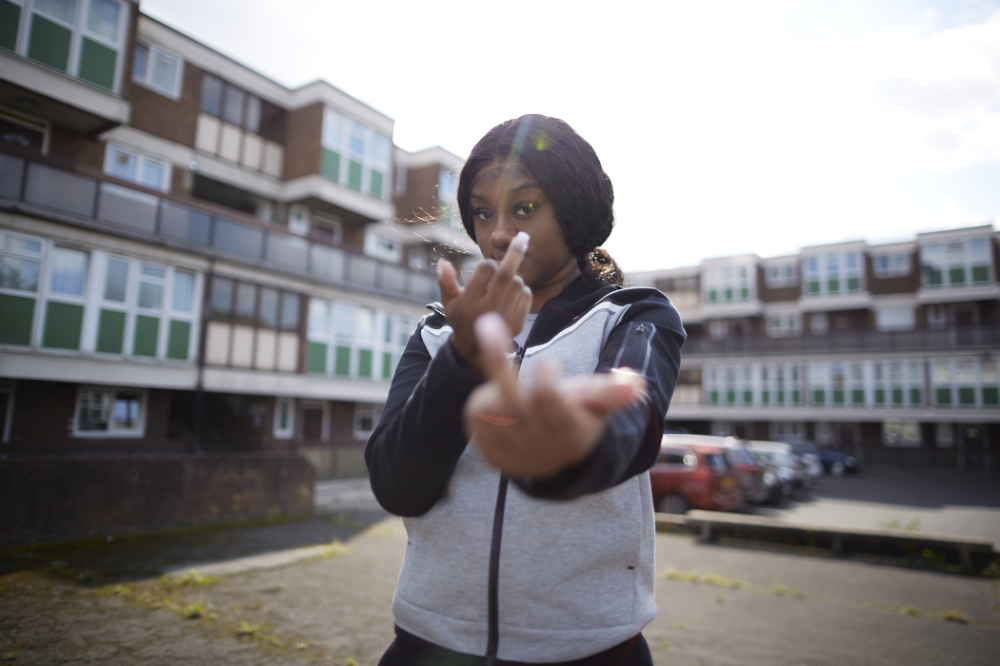
Why did you decide to document the years 2016-2022?
The years 2016-2022 just made sense to document. I personally feel it was around 2016 that there was a real explosion of the sound. There was a shift from where things started, and I was talking to various producers, artists and managers during that time. People moved from spitting on American beats to creating a distinct UK variant of drill. We stopped in 2022, as that’s when we wrote the book. They’re vague boundaries, though, and there is some stuff in the book that is from 2015 or maybe slightly earlier. But we had to put a period on it, so that was the one we chose.
Are there any photos that you have a particularly strong connection with?
I really like the picture of LD and Monkey from 67 that the lads screen-printed onto some floral wallpaper. There are these mad psychedelic floral patterns emerging underneath their feet, which I think is a pretty on-the-nose metaphor for the flowering of creativity in quite harsh urban surroundings. I really like that one.
I think my other favourites are probably the more candid studio shots which just have people kind of messing around, laughing and enjoying themselves. There’s just a sense of fun there. I think the photos are a great counterbalance to some of those more negative perceptions of drill artists, which are perpetuated by the artists themselves at times. I think the book shows the joy of creativity that exists within the scene.
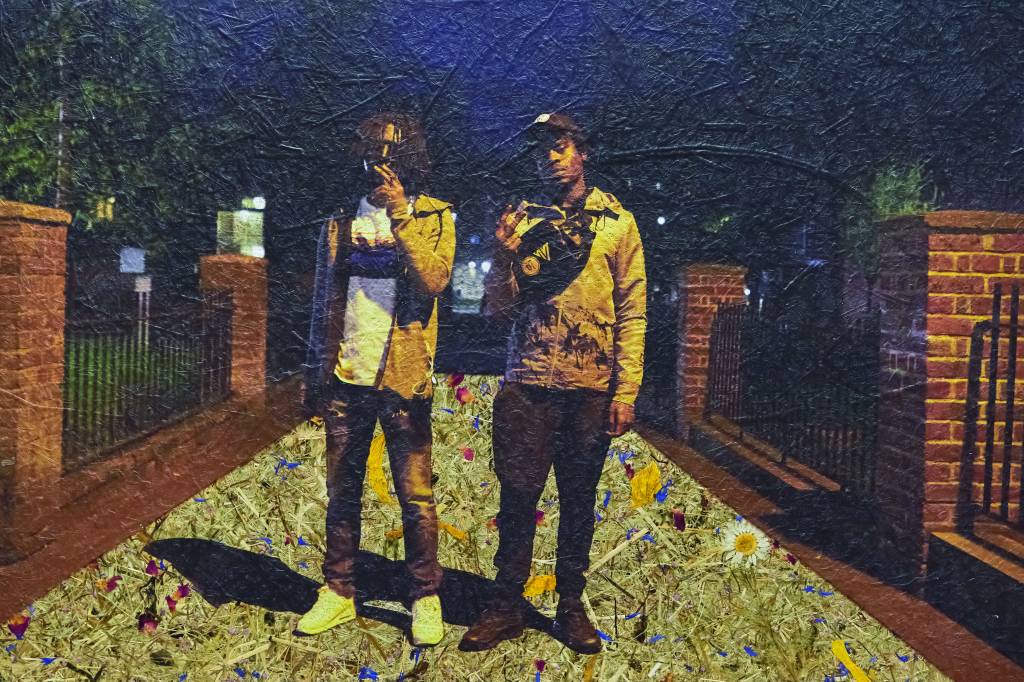
What are some of your other favourite music books?
My favourite music books are quite widespread. Of recent stuff, there’s a great book called Run The Riddim: The Untold Story of ’90’s Dancehall to the World by Marvin Sparks, which is a really good history of modern dancehall. It’s quite similar to what we have done with Woosh because Sparks is a very well-informed enthusiast who wanted to tell the story of an awesome demonised scene from a good faith perspective.
I also love the writing of a guy called Byron Crawford, who’s an American hip hop journalist and kind of an asshole. He writes opinionated, funny books about hip hop that really deal with the mad hypocrisy of the bloated American music industry.
I’ve also just got a lot of time for Simon Reynolds and his work because his books on post-punk and rave came from such a position of love and passion. I always felt really inspired by Rip It Up and Start Again because he just seemed so excited by post-punk in the 1980s. That excitement is something I’ll always want to capture in my stuff. It’s a great pleasure when Reynolds occasionally shares some things I’ve written. I always feel a little fanboy excitement when that happens.
I also liked The KLF: Chaos, Magic and the Band who Burned a Million Pounds. I enjoyed how John Higgs played with the idea of a music book by not necessarily telling the truth in it, which kind of tied in with the band’s own messing around with what’s fact and what’s fiction.
